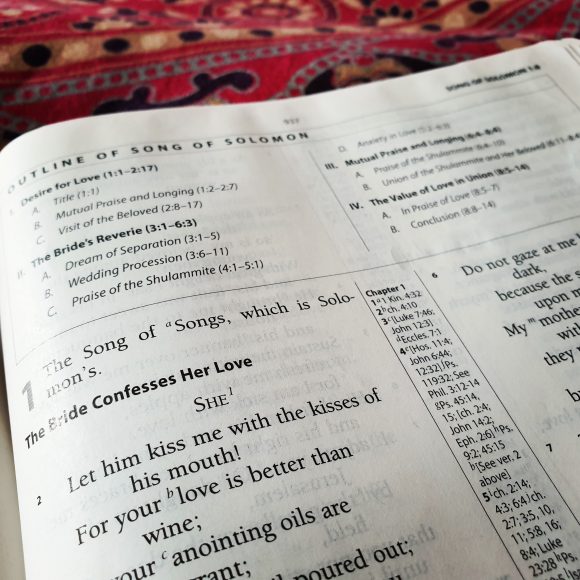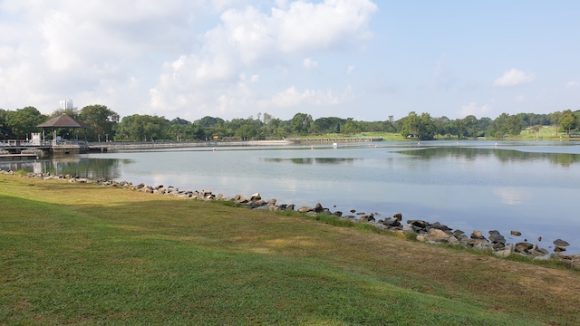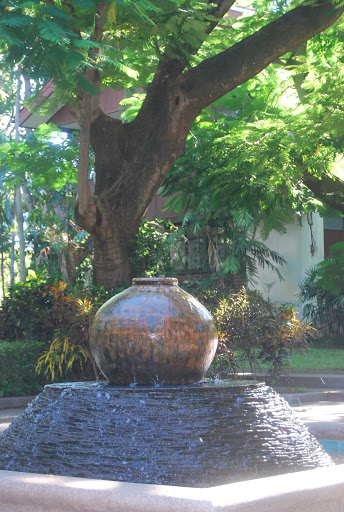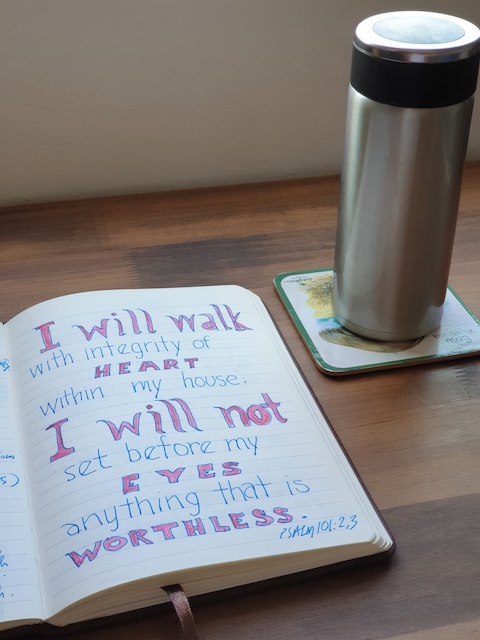It’s the mobile phone. So accessible. So fast. So handy. A computer in a pocket-sized gadget. And one that your body, mind and soul can get so attached to that you automatically pick it up whenever its nearby, and your fingers find their homes and favourite tap dance patterns. So much is in the handphone. […]
The “lectio divina”(Latin) or “sacred reading” is the bread and butter of my time with the Lord. It is the method I use the most. Maybe it is because of its familiarity. Most Christians who are familiar with the Quiet Time would see its resemblance to the four movements of lectio divina. In the past, […]
During one of my retreats at the Seven Fountains retreat centre at Chiangmai, Fr David Townsend taught me a method of prayer and reflection. I have found this prayer exercise helpful and useful in making me more aware of God’s presence, gifts and activity in daily life. I used an acronym A.G.E.N.T. so it was […]
I awoke one morning with some inspired thoughts. Over the years I have learned to pay attention to these. Sometimes they are suggestions to do something. When I had to preach more often, there had been sermon ideas or outline alignments or fresh perspectives. This time it was to improve the menu at the top […]
Memorising verses was something I did as a spiritual discipline in the early years of my spiritual growth. I was influenced by the Navigators in the late 1970s and 1980s when the Lord raised this ministry to add a solidity to the growth of the Singapore church during that period. MEMORISING SCRIPTURES I recall attending […]
Who are the good guys and who are the bad ones? Many Christians will automatically consider Israel the good guys and Gaza the bad guys. This is because of our belief in God’s favor upon Israel as a chosen people, and the land of Israel as God’s gift to them. However, you cannot pray well […]





